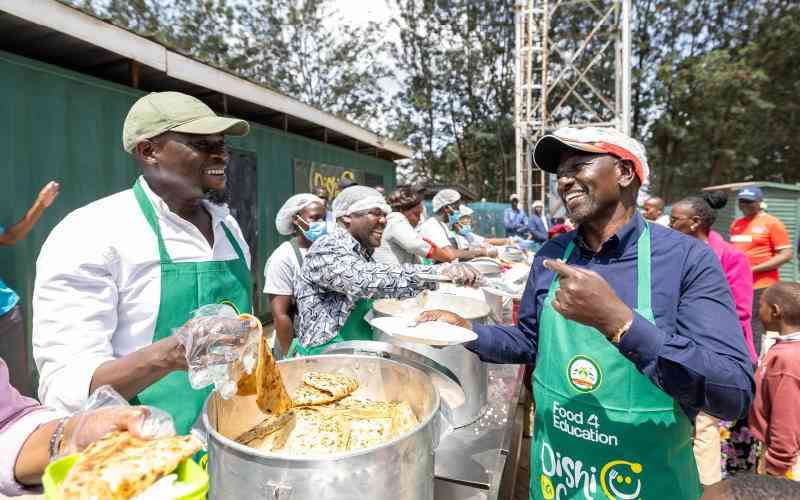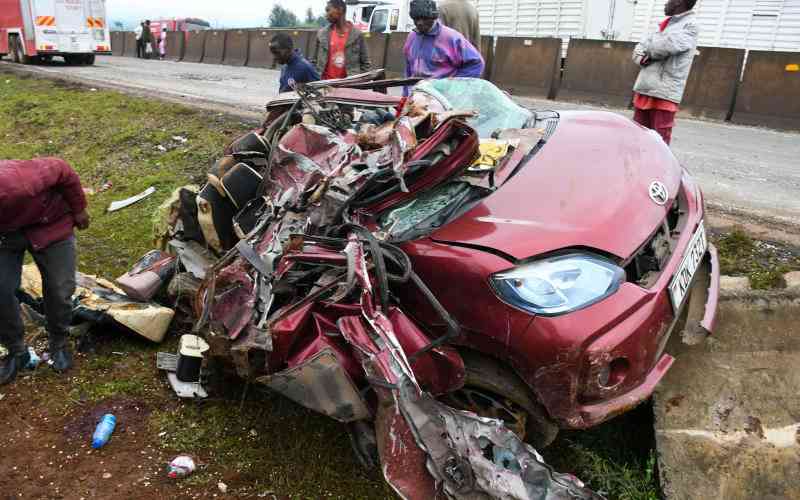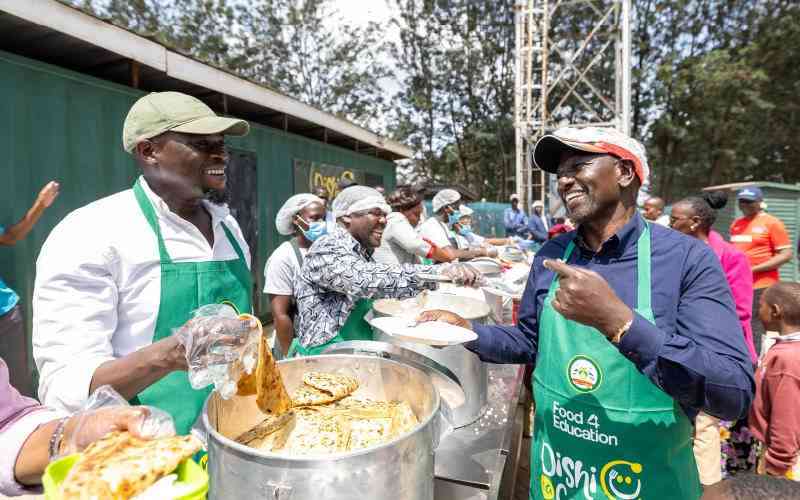
The interest of the country in chapatis has surged following President William Ruto’s last Tuesday promise to provide chapati-making machines to schools.
Speaking at St Teresa Girls Secondary School in Mathare, Dr Ruto announced plans to supply a high-capacity machine capable of producing up to one million chapatis per day.
He was accompanied by Nairobi Governor Johnson Sakaja.
“Governor Sakaja has requested that chapatis be included in the Dishi na County programme. He wants a machine capable of making one million chapatis per day, and I have agreed to his request,” said Ruto.
Sakaja had first sought input from students, asking, “Do you always get your meals? What should be added:meat? chapati? How many of you want chapati?” The students responded enthusiastically, chanting “chapati.”
Ruto said the initiative would support the Dishi na County programme, which has provided meals to Nairobi learners since June 2023.
The key question, however, is whether producing one million chapatis per day is realistic, or affordable.
Based on Ruto’s estimate, the machine would need to produce 41,667 chapatis per hour, 694 chapatis per minute, and 12 chapatis per second.
If this was possible, then it would cut on the labour and cooking time of the meal.For perspective, making 25 chapatis typically requires two kilogrammes of wheat flour, a half-litre of cooking oil, water, and a heat source.
To produce one million chapatis, one would require approximately 40,000 packets of wheat flour and 20,000 litres of cooking oil.
Assuming one litre of salad oil is about Sh250, then you would need Sh5m to purchase 20,000 litres of cooking oil per day.
A two-kg packet of unga costs approximately Sh160. Add the cost of purchasing 40,000 packets of unga will total Sh6,400,000.
For just unga and cooking oil, this would cost you approximately Sh11.4 million per day and at least Sh2b billion annually, making it more expensive than the current Dishi na County programme, which operates on a Sh1.7 billion annual budget.
The figures so far exclude water and labour.
Beyond cost, several logistical challenges arise, such as nutritional balance.
Chapatis alone do not provide a complete meal. What stews will be served alongside it?The question of distribution also factors in. How will the chapatis be transported to schools? What will be the distribution cost?
In contrast, the Dishi na County programme currently provides balanced meals for Sh45 per serving, with parents contributing Sh5 per meal, the county Sh25, and donors Sh15.
Chapati-making machines in Kenya range from Sh4,500 to Sh350,000, depending on size and quality.
While automated chapati-making is possible, producing one million chapatis daily presents huge financial and logistical challenges.
Moreover, chapatis alone do not meet the Dishi na County programme’s goal of providing balanced nutrition for learners.
 The Standard Group Plc is a multi-media organization with investments in media platforms spanning newspaper print
operations, television, radio broadcasting, digital and online services. The Standard Group is recognized as a
leading multi-media house in Kenya with a key influence in matters of national and international interest.
The Standard Group Plc is a multi-media organization with investments in media platforms spanning newspaper print
operations, television, radio broadcasting, digital and online services. The Standard Group is recognized as a
leading multi-media house in Kenya with a key influence in matters of national and international interest.











